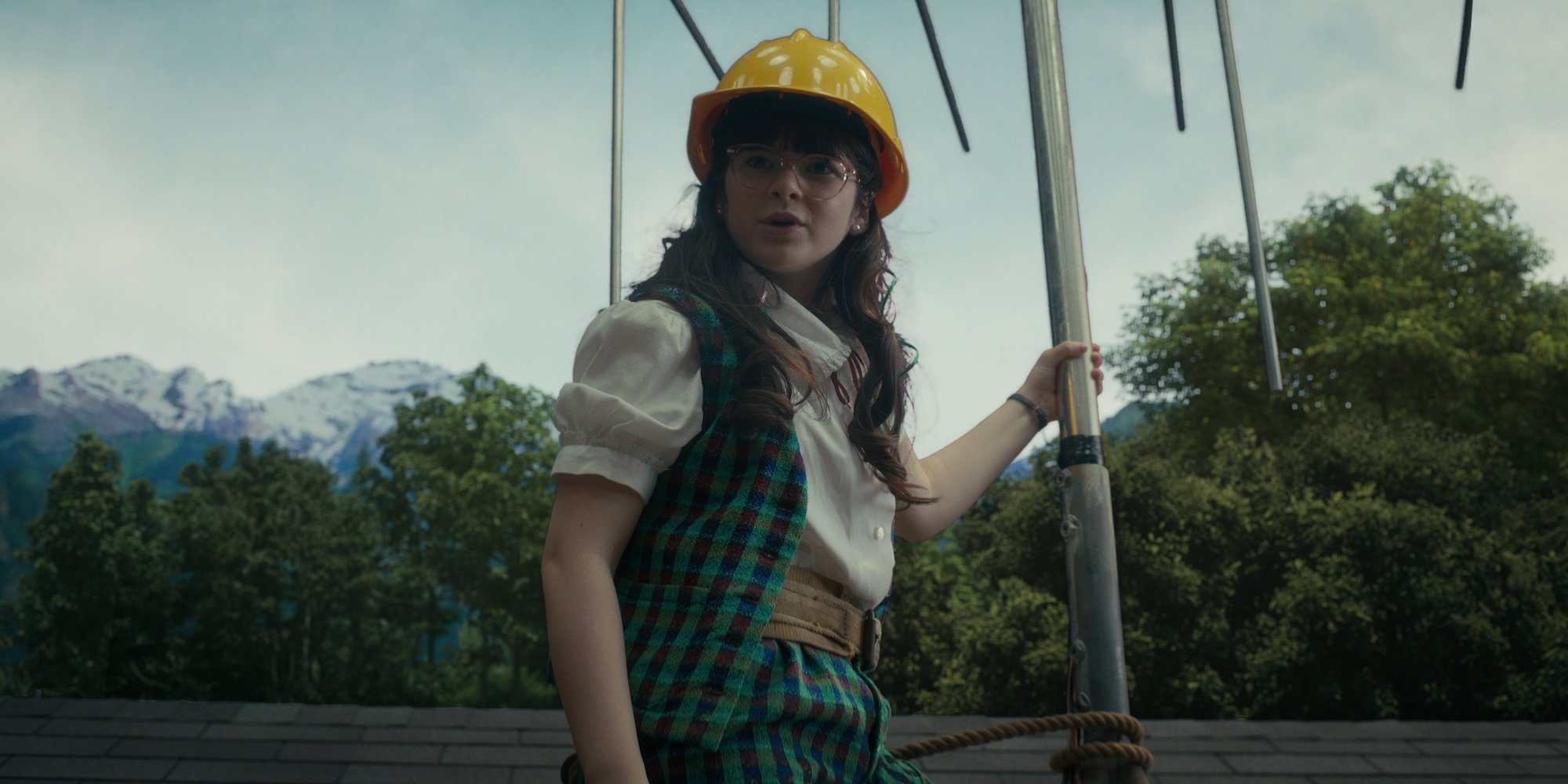Exclusives

Exclusives
Check out exclusive interviews with top talent and rising stars in the entertainment industry from the Showbiz Cheat Sheet editorial team. Get firsthand info from your favorite Below Deck stars, Stranger Things actors, Selling Sunset cast, and more. And subscribe to Showbiz Cheat Sheet’s YouTube channel for exclusive video content.
























